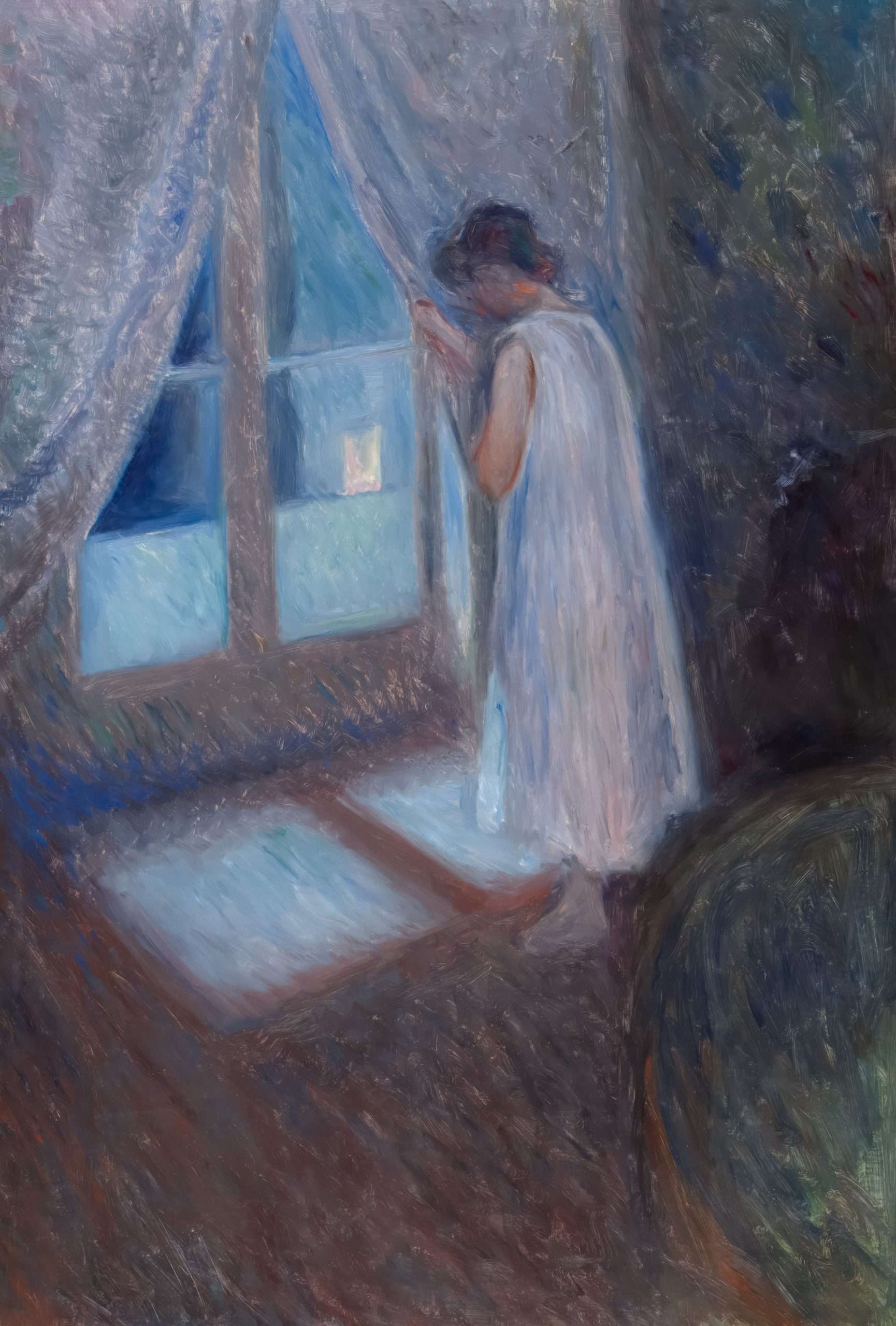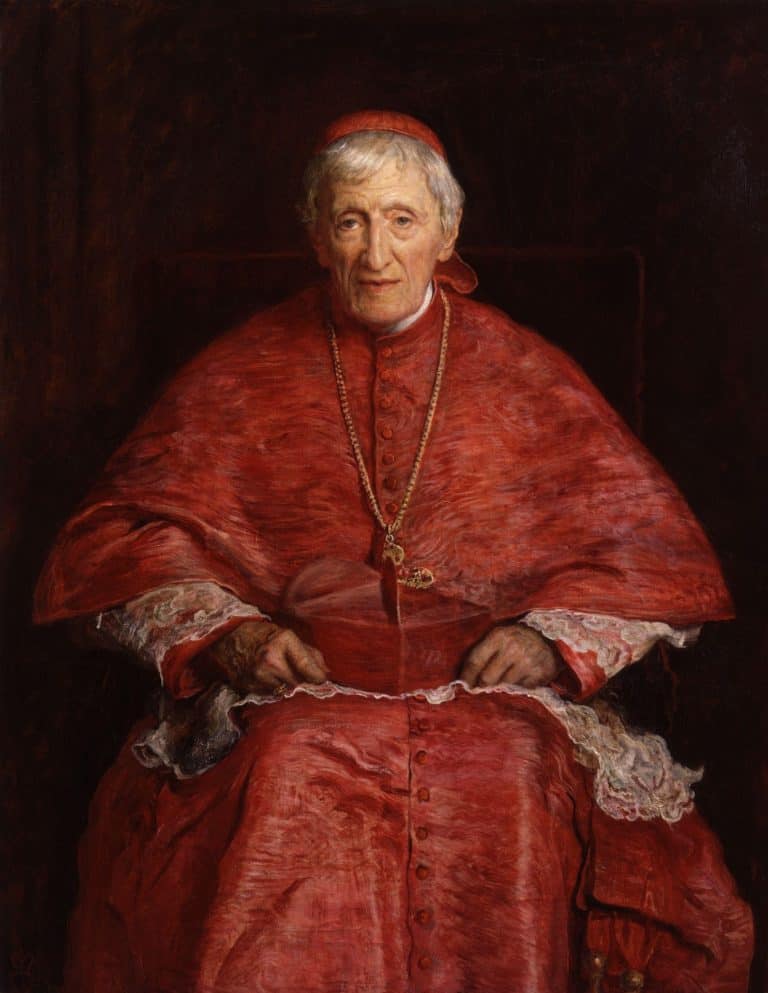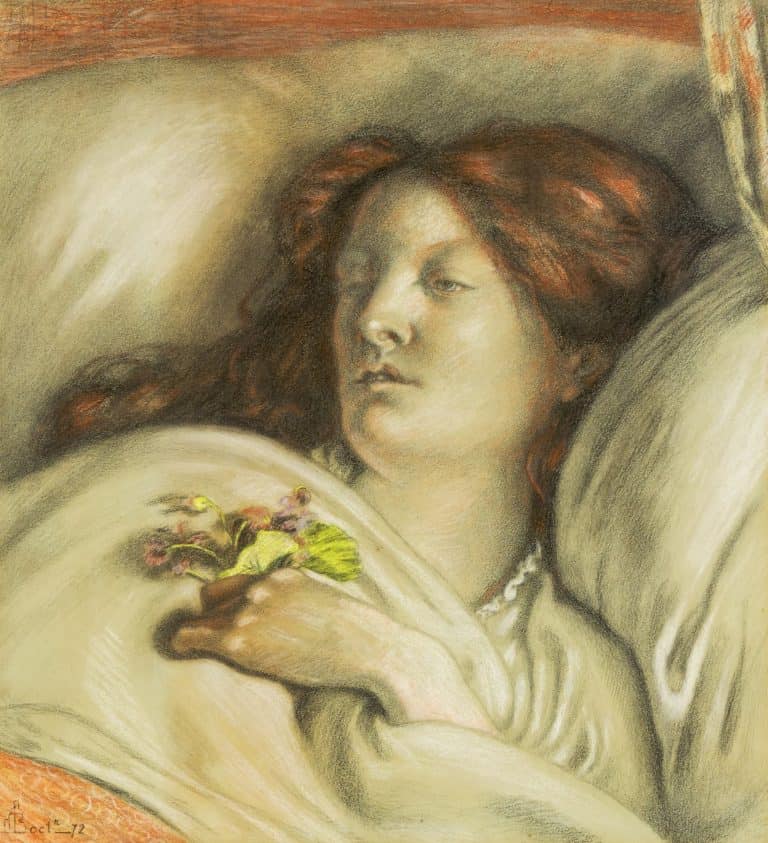Hit and Run OCD: What it is and How to Overcome it

Obsessive-Compulsive Disorder (OCD) is a complex mental health condition that encompasses various subtypes, each characterized by unique obsessions and compulsions. One of these subtypes, known as “Hit and Run OCD,” revolves around mental images and anxieties related to causing harm while driving.
In this comprehensive guide, we will delve into the intricacies of OCD Hit and Run shedding light on what it is, how it affects individuals, and, most importantly, how to overcome its grip on one’s life.
For those grappling with Hit and Run OCD, the daily act of driving can become a harrowing experience filled with fear, doubt, and compulsive rituals. However, understanding the nature of this condition and discovering effective strategies for managing it can pave the way to recovery and a renewed sense of freedom.
In the following sections, we will explore the roots of Hit and Run OCD, its connection to memory distortion, and the practical steps and therapies that can help individuals regain control over their lives and find relief from the tormenting cycle of obsessions and compulsions.
If you or someone you know is affected by Hit and Run OCD, this article aims to provide guidance, hope, and a path toward recovery.
What is Hit and Run OCD?
Hit and Run OCD, also known as “vehicle-related OCD,” is a specific subtype of OCD that centers around intrusive, distressing thoughts and compulsive behaviors related to the fear of causing harm to others while driving.
It is a form of OCD that can have a profound impact on an individual’s daily life and mental well-being.
At its core, Hit and Run OCD involves persistent and irrational fears of causing accidents or harm while driving, even in situations where there is no actual evidence of harm being done. This also falls under the harm OCD umbrella.
Individuals with this condition experience distressing thoughts that revolve around scenarios like accidentally hitting pedestrians, cyclists, or other vehicles.
These thoughts are often accompanied by intense anxiety and a strong urge to engage in compulsive behaviors to alleviate the anxiety.
Some common characteristics of Hit and Run OCD include:
Intrusive Thoughts
Individuals with this subtype of OCD frequently experience distressing and unwanted thoughts about causing harm while driving.
These thoughts can be vivid and terrifying, leading to heightened anxiety and panic attacks.
Compulsive Behaviors
To cope with the anxiety and distress, OCD sufferers with Hit and Run OCD often engage in compulsive behaviors.
These may include repeatedly checking mirrors and blind spots, driving at unusually slow speeds, frequently checking accident reports, avoiding specific routes or situations, or seeking reassurance from others that no harm was caused by their distracted driving.
Emotional Distress
The fear of causing harm and the accompanying compulsions can lead to significant emotional distress.
This can result in reduced quality of life, strained relationships, and difficulties in performing daily activities.
Lack of Real-World Evidence
One crucial aspect of Hit and Run OCD is that the feared events rarely, if ever, actually occur.
Despite the absence of real-world evidence supporting their fears, individuals with this condition find it extremely challenging to dismiss their obsessions.
Interference with Daily Life
Hit and Run OCD can interfere with an individual’s ability to drive and lead a fulfilling life.
It can cause severe disruptions in one’s personal and professional life, limiting their mobility and independence.
Overall, Hit and Run OCD is a complex mental health condition that goes beyond the typical concerns people have about safe driving.
It involves an intense and irrational fear that drives individuals to perform compulsive actions to alleviate their anxiety, even in the absence of any real threat or harm.
It is essential for individuals affected by this condition to seek professional help to address their obsessions and compulsions and regain control over their lives.
Related Articles – Scrupulosity Disorder and OCD
What is Memory Distortion or False Memories?

Memory Distortion or False Memories in OCD
Memory distortion, often associated with the creation of false memories, is a phenomenon observed in individuals with Obsessive-Compulsive Disorder (OCD). This is why OCD is also known as the doubting disease.
It involves the alteration or misinterpretation of past events, leading individuals to believe in the reality of events that never actually occurred.
This aspect of OCD is particularly significant when examining subtypes like Hit and Run OCD, where intrusive thoughts and fears play a central role.
Here’s a deeper look at how memory distortion and false memories manifest in OCD:
Intrusive Thoughts and Memory Distortion
In OCD, individuals experience intrusive thoughts—persistent, distressing, and unwanted mental images, ideas, or urges.
These thoughts are often related to specific fears or obsessions
In the case of Hit and Run OCD, the intrusive thoughts typically involve fears of causing harm while driving, such as hitting a pedestrian or colliding with another vehicle in a car accident.
Obsessive Rumination
When unwanted thoughts occur, individuals with OCD often engage in obsessive rumination.
This means that they continuously mull over these distressing thoughts, dissecting them from every angle and trying to make sense of them.
In doing so, they may inadvertently alter their memory of past events.
Misinterpretation of Significance
Individuals with OCD often misinterpret the significance of their distressing thoughts. They may perceive these thoughts as more meaningful and dangerous than they actually are.
This misinterpretation contributes to the creation of false memories. For instance, they might vividly remember hitting a bump in the road and then falsely recall it as a potential collision with a person or object.
Compulsive Behaviors
To cope with the distress and anxiety stemming from their intrusive thoughts and the resultant false memories, individuals with OCD engage in compulsive behaviors.
These behaviors are aimed at reducing the perceived threat or preventing harm.
In Hit and Run OCD, compulsions may include excessive checking of the vehicle, retracing routes, or seeking reassurance from others about whether an accident occurred.
This type of behavior is also found in the harm OCD subtype.
Reinforcement of False Memories
The compulsive behaviors can unintentionally reinforce false memories.
Each time an individual checks or avoids a situation due to their intrusive thoughts, they send a message to their brain that the threat is real, further solidifying the false memory.
In summary, memory distortion and the creation of false memories are significant components of OCD, including subtypes like Hit and Run OCD.
The interplay between intrusive thoughts, obsessive rumination, misinterpretation of significance, and compulsive behaviors can lead individuals with OCD to genuinely believe in events that never took place.
Recognizing this aspect of OCD is vital in developing effective treatment strategies, as it highlights the need to address not only the obsessions and compulsions but also the underlying cognitive processes that contribute to memory distortion.
Related Articles – Staring OCD: What it is and How to Stop
How to Overcome Hit and Run OCD

Overcoming Hit and Run OCD is a challenging but achievable goal. It typically involves a combination of self-awareness, therapy, and coping strategies to manage the intrusive thoughts and compulsions associated with this condition.
Here’s a step-by-step guide on how to overcome Hit and Run OCD:
Seek Professional Help
The first and most crucial step is to consult OCD specialists.
Look for a therapist experienced in Cognitive-Behavioral Therapy (CBT), Acceptance and Commitment Therapy (ACT) and Exposure and Response Prevention Therapy (ERP).
These evidence-based therapies have been proven effective in OCD treatment, including Hit and Run OCD.
Medication
In some cases, medication may be prescribed by a healthcare provider to alleviate OCD symptoms.
Selective serotonin reuptake inhibitors (SSRIs) are commonly prescribed for OCD, but the decision to use medication should be made in consultation with a psychiatrist.
Understand Your Triggers
Develop self-awareness by identifying the specific triggers that lead to intrusive thoughts and compulsions.
Is it certain road conditions, types of vehicles, or specific situations? Recognizing your triggers is crucial for targeted OCD treatment.
Exposure and Response Prevention (ERP)
Under the guidance of your therapist, engage in ERP, which involves gradually exposing yourself to the situations that trigger your obsessions.
This controlled exposure allows you to confront your fears while resisting the urge to perform compulsive behaviors.
Over time, your anxiety decreases as you realize that your feared outcomes are unlikely to occur.
Mindfulness and Relaxation Techniques
Learn mindfulness and relaxation techniques to manage anxiety and intrusive thoughts.
These practices can help you stay grounded in the present moment and reduce the emotional distress associated with your obsessions.
Challenge Irrational Beliefs
Work with your therapist to challenge the irrational beliefs that underlie your obsessions.
Understand that OCD often involves cognitive distortions, such as catastrophizing or overestimating danger.
Developing more rational thinking patterns can be an effective part of therapy.
Create a Hierarchy of Exposure
With your therapist’s guidance, create a hierarchy of exposure tasks, starting with situations that trigger mild anxiety and gradually progressing to more challenging scenarios.
This systematic approach helps you build confidence and resilience.
Practice Self-Compassion
Be kind and patient with yourself throughout your recovery journey. Overcoming Hit and Run OCD is a process that takes time and effort.
Don’t be discouraged by setbacks; they are a natural part of the recovery process.
Support Groups
Consider joining a support group for individuals with OCD.
Sharing experiences with others who understand what you’re going through can provide valuable emotional support and encouragement.
Maintain Treatment Consistency
Consistency is key. Attend therapy sessions regularly and adhere to the treatment plan outlined by your therapist.
Even when you start feeling better, it’s important to continue therapy to prevent relapse.
Celebrate Small Achievements
Acknowledge and celebrate your progress, no matter how small it may seem. Overcoming Hit and Run OCD is a series of steps, and each step forward is an achievement worth recognizing.
Remember that recovery from Hit and Run OCD is possible with the right support and commitment to treatment.
By addressing the underlying obsessions and compulsions, gradually facing your fears, and developing healthier coping mechanisms, you can regain control of your life and experience relief from the distressing symptoms of this condition.
Related Articles – Can Music Therapy Help OCD
Conclusion on Hit and Run OCD
In the realm of Obsessive-Compulsive Disorder (OCD), where each variation presents its own unique trials, Hit and Run OCD stands as a particularly challenging adversary.
This subtype thrives on the fear of causing harm while driving, inundating individuals with intrusive thoughts that can transform every trip into a battlefield of anxiety and doubt. However, as we’ve explored in this comprehensive guide, there is hope, and there is a path forward.
Comprehending Hit and Run OCD entails recognizing it as a manifestation of OCD itself, characterized by the relentless cycle of obsessions and compulsions. These obsessions often trigger false memories, adding layers of complexity to the condition. Yet, with knowledge comes empowerment—the power to transcend.
For those ensnared by Hit and Run OCD, the journey to recovery commences with the courageous step of seeking professional help. Cognitive-Behavioral Therapy (CBT), particularly the specialized technique known as Exposure and Response Prevention (ERP), coupled with the compassionate guidance of a therapist, forms the cornerstone of managing intrusive thoughts and dismantling the chains of compulsive behaviors.
However, the path to liberation doesn’t conclude there. Mindfulness, self-compassion, and systematic exposure to triggering situations become indispensable tools along the road to recovery.





